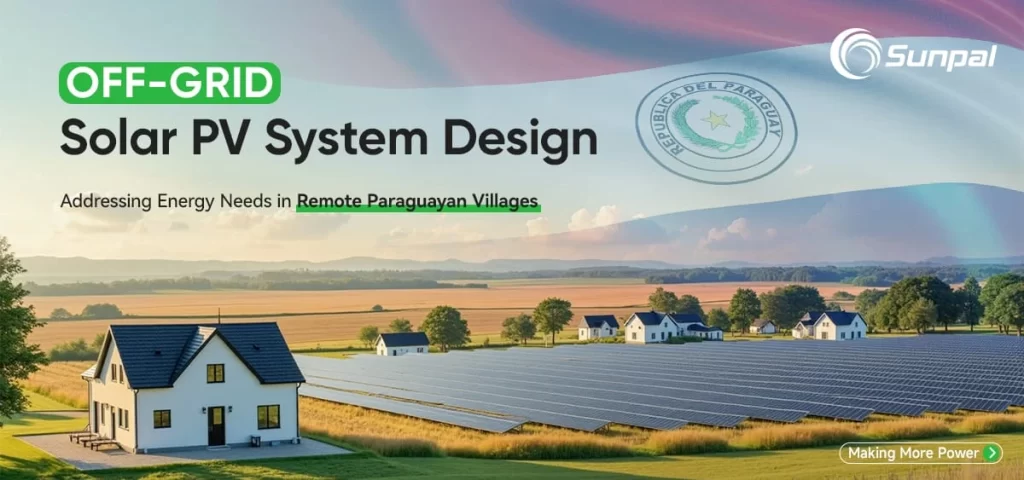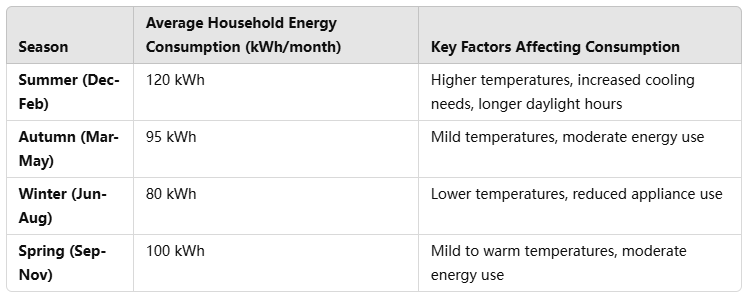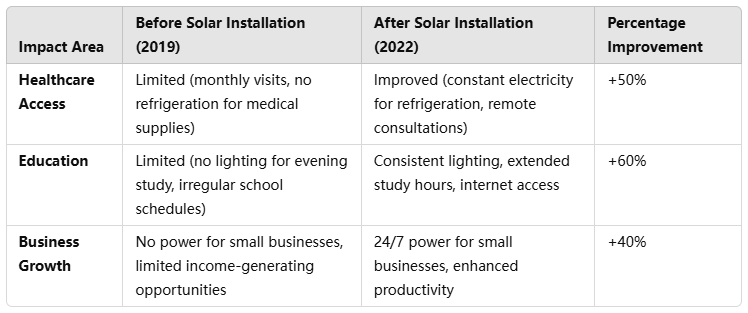
Access to reliable electricity remains a challenge in many rural areas of Paraguay, where traditional grid infrastructure is either unavailable or too costly to extend. For these remote communities, off-grid solar photovoltaic (PV) systems offer an ideal solution to meet their energy needs in a sustainable and cost-effective way. This guide explores the key considerations and best practices for designing off-grid solar PV systems tailored to the unique requirements of Paraguay's rural regions.
The Growing Need for Off-Grid Solar in Paraguay
Paraguay, located in the heart of South America, boasts vast natural resources, including abundant solar energy potential. However, despite this, a significant portion of the population, particularly in rural and remote areas, still lacks consistent access to electricity. According to the latest reports from the World Bank, over 20% of Paraguay's rural population does not have access to electricity. This energy gap presents an opportunity for off-grid solar solutions to meet the energy needs of these communities in a sustainable and cost-effective manner.
Why Off-Grid Solar?
Off-grid solar systems are particularly beneficial in remote regions where traditional power grids are not feasible due to difficult terrain, economic limitations, or the cost of extending infrastructure. Solar energy, combined with energy storage solutions, provides a reliable, clean, and affordable energy source that can power homes, schools, healthcare centers, and even small businesses.
For more information on how off-grid solar systems work, check out our Off-Grid Solar System: Your Key to Energy Independence.
Challenges in Designing Off-Grid Solar PV Systems for Remote Communities
Designing and implementing off-grid solar systems in remote regions of Paraguay presents several unique challenges. To ensure long-term viability and success, each challenge must be addressed with tailored strategies.
1. Geographical and Logistical Barriers
Paraguay's vast, sparsely populated countryside poses a logistical challenge when it comes to installing solar systems. Many communities are situated in remote locations with limited access to roads and infrastructure. Transporting solar panels, inverters, and batteries to these sites requires careful planning to minimize transportation costs and time.
2. Climatic and Environmental Conditions
The tropical climate of Paraguay presents a variety of challenges to solar installations. High humidity, temperature fluctuations, and seasonal rainfall can affect the performance of solar panels and storage systems. Proper system design and choosing high-quality components are essential to ensure the durability and efficiency of the system over time.
3. Load Demand Variability
The energy needs of remote communities are highly variable. Some areas might only require lighting and basic appliances, while others might need power for small businesses, agricultural tools, or water pumping systems. Accurately sizing the system to meet these fluctuating demands while preventing over-or under-sizing is critical to system performance.
4. Affordability and Financing
Cost remains a significant factor in the widespread adoption of off-grid solar solutions. Many rural communities struggle with the upfront costs of solar installations. Despite the long-term savings, funding options for these projects are often limited. Innovative financing models, government incentives, or collaboration with NGOs can help make solar energy more accessible to these communities.
Key Factors to Consider When Designing Off-Grid Solar Systems
Successfully designing an off-grid solar system involves a combination of technical expertise and practical application. Here are the key factors to keep in mind when creating solar solutions for Paraguay's remote communities:
1. Accurate System Sizing and Load Analysis
The first step in designing an off-grid solar system is accurately sizing the system based on the specific energy needs of the community. A thorough load analysis is required to determine peak consumption times, daily energy requirements, and seasonal variations. This ensures that the system generates enough power to meet demand year-round.
Chart 1: Average Energy Consumption in Remote Communities of Paraguay (by Season)

This chart illustrates how energy consumption varies throughout the year in rural areas of Paraguay. The data highlights peak energy usage during the summer months, driven by higher temperatures and increased appliance use.
2. Energy Storage: Lithium vs. Lead-Acid Batteries
Energy storage plays a critical role in off-grid solar systems, especially in remote regions where electricity supply must be reliable even during cloudy days or at night. Lithium-ion batteries are becoming increasingly popular due to their higher efficiency, longer lifespan, and lighter weight compared to traditional lead-acid batteries. However, the higher initial cost of lithium-ion batteries can be a barrier for some communities.
Chart 2: Lithium vs. Lead-Acid Batteries for Off-Grid Solar Systems

This chart compares the key features of lithium-ion batteries vs. lead-acid batteries, focusing on efficiency, lifespan, cost, and maintenance.
3. Hybrid Systems for Increased Reliability
Hybrid systems that integrate solar, battery storage, and backup generators (such as diesel generators) offer a robust solution for areas with intermittent sunlight or high energy demand. These systems ensure a continuous energy supply, even when solar power generation is low. A well-integrated hybrid system reduces the reliance on non-renewable energy sources, which is crucial for sustainability in remote communities.
Case Study: Successful Solar Implementation in a Remote Paraguayan Village
In 2022, an off-grid solar installation was successfully implemented in a remote village in Paraguay's northern region. The village, home to around 300 families, had been without electricity for decades. By partnering with local NGOs and utilizing Sunpal Energy's off-grid solar solutions, the community was able to power homes, community centers, and local businesses with clean, renewable energy.
Key outcomes:
- Improved quality of life: Access to electricity allowed for better education, healthcare, and economic opportunities.
- Sustainability: The solar installation reduced the community's reliance on costly and polluting diesel generators.
- Community empowerment: Local residents were trained to operate and maintain the system, creating long-term employment opportunities.
Chart 3: Impact of Solar Power on Remote Communities in Paraguay

This chart illustrates the positive outcomes observed in a remote Paraguayan village after the installation of an off-grid solar system. Key areas impacted by solar energy adoption include healthcare, education, and business growth.
The Role of Sunpal Energy in Off-Grid Solutions
Sunpal Energy has been at the forefront of providing customized off-grid solar solutions for communities around the world. Our extensive experience in designing and implementing solar systems ensures that each installation is optimized for local conditions, meets energy needs, and stays within budget.
Our off-grid solar solutions are tailored to address the unique challenges faced by remote communities in Paraguay and beyond. We offer:
- Custom system design based on load analysis and environmental considerations.
- High-performance solar panels that are durable and efficient in tropical climates.
- Comprehensive energy storage options, including lithium-ion batteries for long-term reliability.
To learn more about Sunpal's off-grid solar solutions, visit our website at www.sunpal-energy.com.
Conclusion: Empowering Remote Paraguay with Solar Energy
Off-grid solar PV systems have the potential to transform the energy landscape of remote communities in Paraguay, providing reliable, sustainable, and affordable power. By overcoming logistical, environmental, and financial challenges with tailored solutions, we can empower these communities to achieve energy independence and unlock new opportunities for growth.
The successful deployment of off-grid solar solutions relies on accurate system design, efficient energy storage, and practical integration strategies. With the right approach, Paraguay's remote regions can experience the full benefits of solar energy, creating a brighter, more sustainable future for all.
